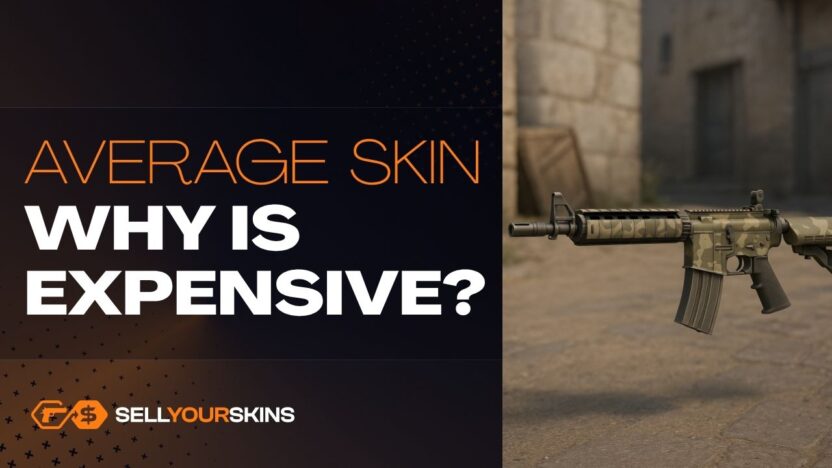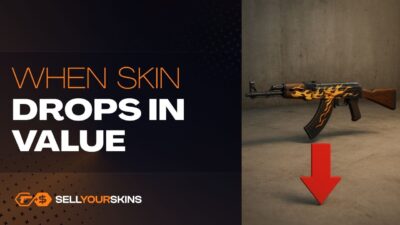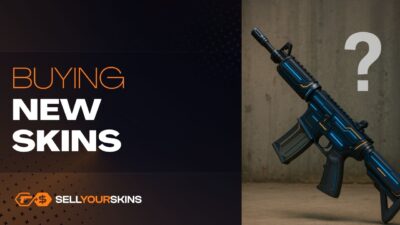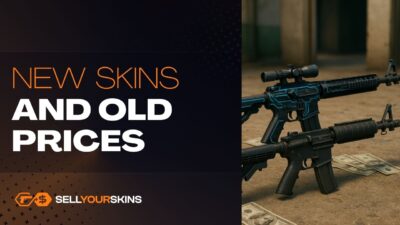The CS2 skin market follows its own logic – often disconnected from aesthetics. How a skin looks does matter, but it’s far from the most important factor affecting its price. In practice, many “ordinary,” visually average skins cost far more than those that look impressive. This results from hard market mechanics, collection history, rarity, and supply limitations.
Want to sell your skins for real money? Visit our homepage.
Rarity and limited supply
The most important reason for a high price is rarity. If a skin comes from a case or collection that has been discontinued, its supply doesn’t grow – on the contrary, it decreases every year. In such cases, even an average appearance becomes irrelevant. What matters is how difficult the item is to obtain. Classic examples include skins from the Cobblestone, St. Marc, Norse, or Canals collections. Some of them look visually plain, but their prices remain high because no new copies are entering the market.
The history and context of a collection
A skin’s price also rises when it belongs to a collection tied to an important event – for example, a tournament map or a case available only during a specific operation. Players often buy such skins not for their appearance, but for the fact that they represent a particular era of CS:GO or CS2. Some collections are remembered as iconic, and items from them become part of the game’s “heritage.” In such cases, even an average looking weapon skin can be valued highly because it represents something that can no longer be obtained.
Usefulness in trade-ups
The trade-up system has a huge impact on prices. A skin that looks average can be highly valuable if it’s an essential component of popular or profitable recipes. Players don’t buy it to use in game – they buy it as raw material. If a skin has the right float, rarity color, and comes from the correct collection, its price rises immediately – regardless of appearance. You can find examples in many collections where “purple” or “pink” skins cost more than visually more attractive counterparts simply because they are needed to craft a more expensive item.
The frozen supply phenomenon
Many skins disappear from circulation because they end up on inactive or banned accounts. When this happens, the number of copies available on the market decreases. Even if a skin isn’t remarkable visually, its value increases solely because it becomes increasingly difficult to obtain. This process is gradual but consistent – with each passing year, fewer copies remain in circulation, which automatically raises the price.
The collector effect
Some skins are expensive because collectors want to complete an entire set from a particular collection or a full lineup of weapon models that follow a specific theme. If a series includes an item that looks unimpressive but is necessary to complete the full set, its price rises. Collector value works similarly to the market for cards or figurines – some pieces are more expensive simply because they are the missing “puzzle,” even if they have no unique aesthetic value on their own.
The high price of a skin in CS2 rarely has anything to do with its appearance. Its value is determined primarily by rarity, the absence of new drops, usefulness in trade-ups, the history of the collection, and a shrinking supply. These are purely market-driven factors, predictable and independent of how visually appealing a skin may be. That’s why many average looking skins cost a fortune – not because they’re pretty, but because they’re rare, desirable, and positioned in a system that rewards their uniqueness.



